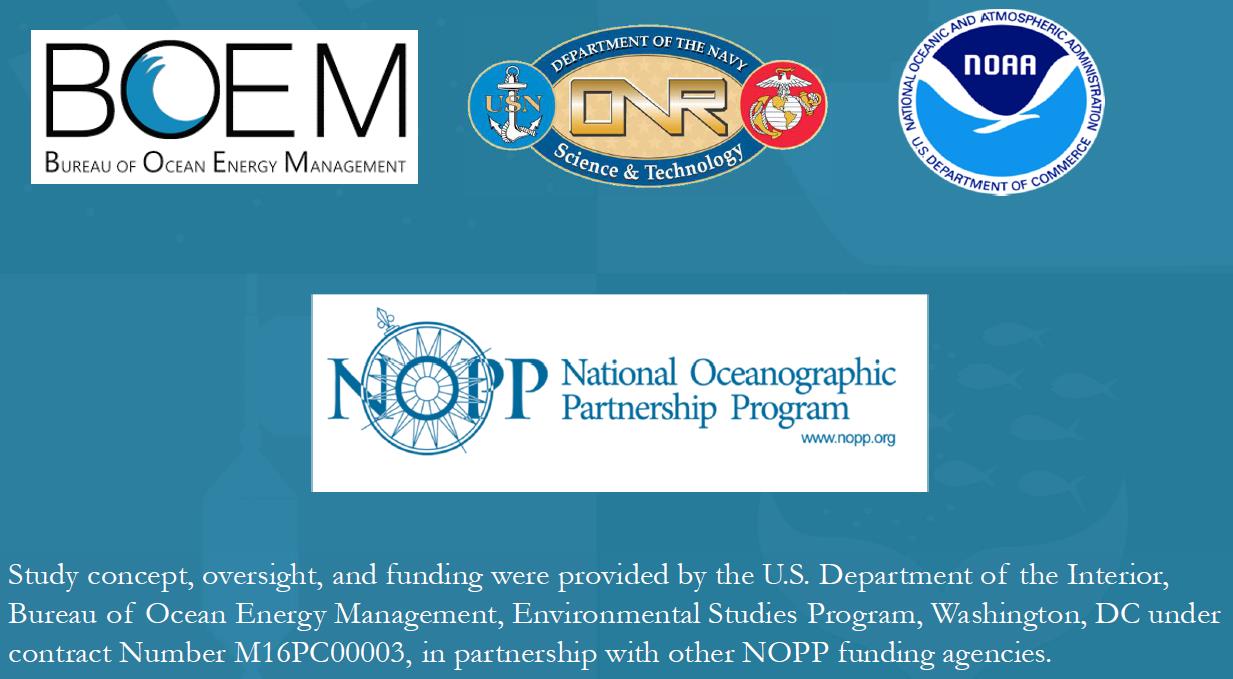My name is Brandyn Lucca; if you’ve been following our adventures at sea since 2017, you may recognize my name from the previous trips. But if not, I am a PhD student in Dr. Joseph Warren’s lab at Stony Brook University. I am particularly interested in improving the ways we monitor and count prey—like zooplankton such as myctophids, shrimp, and krill that are consumed by whales, and other predators—by using remote sensing techniques like underwater acoustics. We have to capture these animals to study them, which involves using a specific net called an Isaacs-Kidd Midwater Trawl (IKMT) that allows us to collect meso- and bathypelagic animals. Meso- and bathypelagic refer to organisms living 200-1000 m and 1000-3000 m, respectively, below the surface of the ocean.
Once we bring the net onto the deck, we are interested in the number of animals we have caught. Since animals come in all shapes and sizes, one way to have make consistent measurements of our catch and to compare to other hauls is to use “biovolume”, which involves measuring the volume (e.g., liters) of animals.
Along with a few other calculations, we can use these biovolumes to determine the relative concentration, or density (e.g., animals per liter), of the different animals we collect. Since we catch so many different types of animals, we can begin to think about what types of animals we see at each of our stations over time and what kind of biological communities are present. Are the scattering layers we see in the acoustics dominated by gelatinous zooplankton, like salps and jellyfish? Or are there a lot of fish and shrimp present? In turn, we can also think about what kind of predators and ecosystems these prey can support.
By Brandyn Lucca (Graduate Student, Stony Brook University).


